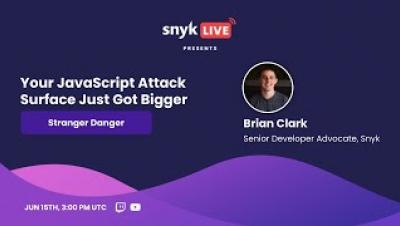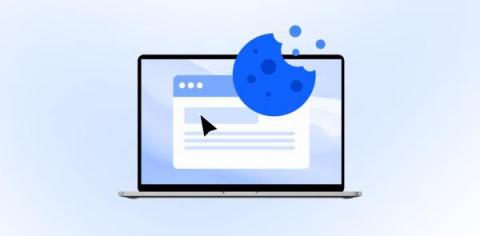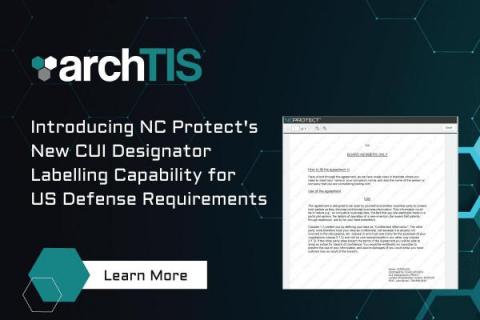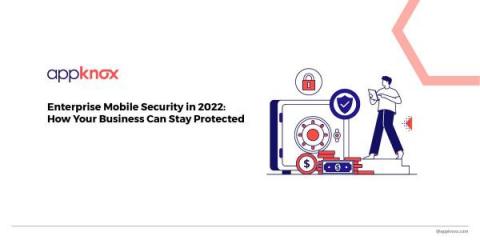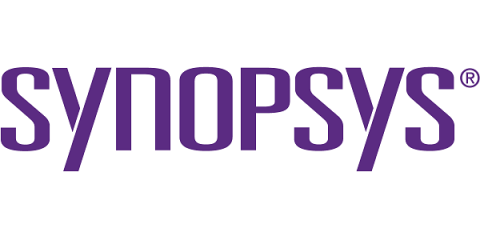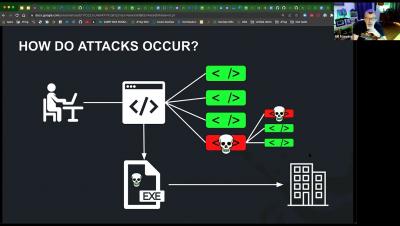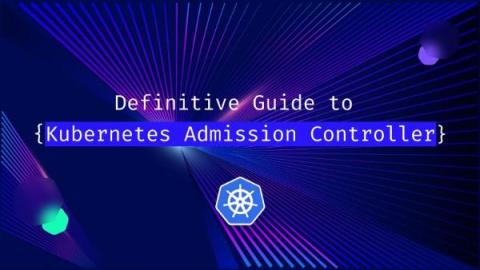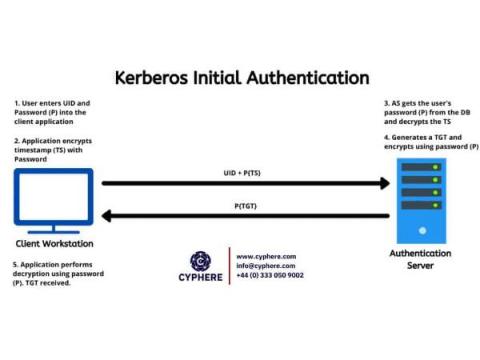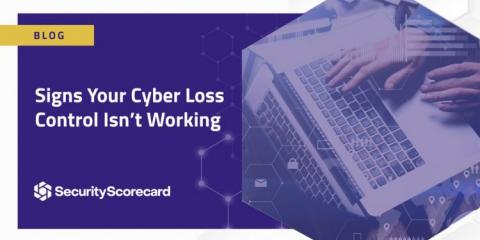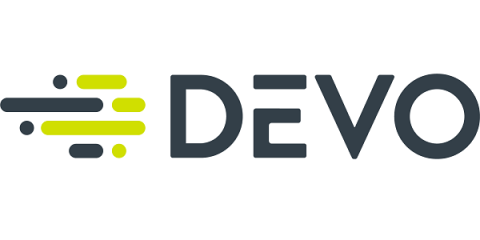Security | Threat Detection | Cyberattacks | DevSecOps | Compliance
Security
What Are Web Cookies? The Privacy and Security Risks of Internet Cookies
This article has nothing to do with chocolate chips or sprinkles. Sorry about that. Instead, we're talking about computer cookies and how too many web cookies can be bad for your online health. While cookies are enormously helpful and necessary for an easy-going web experience, they are not all good, and many pose some genuine privacy concerns. But what is a cookie, how does one work, and how do they (sometimes) infringe on your digital rights?
Introducing NC Protect's New CUI Designator Labelling Capability for US Defense Requirements
Protecting Controlled Unclassified Information (CUI) is a top priority for companies that have government and defense contracts, especially with the changes being rolled out in CMMC 2.0. We’re pleased at announce a new NC Protect watermarking feature to support CUI Designator labelling capability to assist US Defense and the Defense Industrial Base (DIB) with meeting the new CUI document handling and tagging requirements. The feature will be globally available during the July 2022 timeframe.
Protect your Business with Enterprise Mobile Security in 2022
If you are not taking enterprise mobile security seriously, look at these stats: According to the State of Enterprise Mobile Security 2022 Report, 75% of the analyzed phishing sites targeted mobile devices. The same report stated that 30% of the total zero-day vulnerabilities discovered in 2021 targeted mobile devices. Security week states that mobile phishing attacks have increased at a consistent rate of 85% since 2011.
Why supply chain risk management is a top priority
Monthly JFrog Xray Demo
Definitive Guide to Kubernetes Admission Controller
Kerberos Authentication: Basics to Kerberos attacks
Developed by MIT, Kerberos Authentication Protocol is the default authentication service for Microsoft Active Directory. It is named after the three-headed dog (Cerberus) found in Greek mythology, because the security protocol involves three major steps in the entire authentication process. Although Kerberos is a technology used by Microsoft Windows, by default, its implementations in other operating systems, such as Linux, FreeBSD and macOS, are also present.
Signs Your Cyber Loss Control Isn't Working
Most cyber insurance policies include a form of value-added service meant to help policyholders avoid cyber incidents. These services create differentiation in the market for insurers and help the bottom line. In fact, a recent survey of cyber insurers found that risk engineering services are a bigger driver of profitability than underwriting accuracy. Yet, we know that the dynamic nature of cyber risk has insurers struggling to keep up and new approaches to evaluating that risk are needed.
Data Eats the World: You'll Consume It Intelligently with the Autonomous SOC
“Software is eating the world.” That phrase entered the high-tech lexicon in 2011, courtesy of Marc Andreessen, co-founder of both Netscape and venture capital firm Andreessen Horowitz. His thesis is proven time and again. If you substitute data for software, it amplifies the power of Andreessen’s observation. Consider the following statistics on how much data is created every day: Technology users alone generate more than 1.145 trillion MB of data every day!


